
Managing a software team is, in many ways, like managing any other type of team.
To be successful, you should understand your developers’ work. That doesn’t necessarily mean that you need to know how to do what developers do; just understand what it takes to do it.
Therefore, to manage software developers successfully, you should familiarize yourself with distinct elements of that job. We’ll go over them in this article and offer you five best practices to get the most out of your developers.
Curious? Let’s start!
Table of Contents
Give them the tools they need
Whether you’re a baker, a construction worker, or a software developer, one thing is certain—you can’t produce quality work without proper tools.
And developers are well aware of the importance of the right tools for the job. According to one survey by Stack Overflow, the tools they’re working with are among the most important factors when deciding on a workplace.
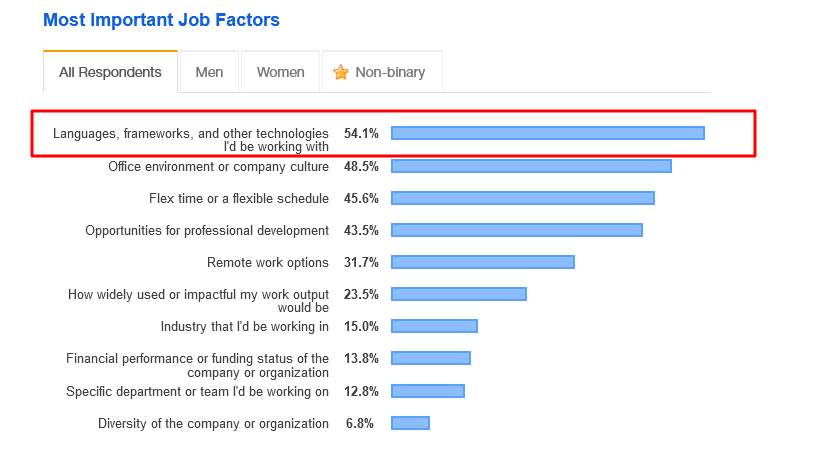
Considering that time in software development is precious, and deadlines often hover over the engineers’ heads, tools are crucial in allowing them to be more efficient.
Focusing on the most important task is vital for the productivity of developers. That’s where a solution like Shake can be beneficial. For example, if your software team is working on an app, Shake can streamline the whole bug reporting process.
When your developers send the app to testing, clients can easily report bugs because Shake automatically captures all the data necessary for developers inside the app and sends it to the software team.
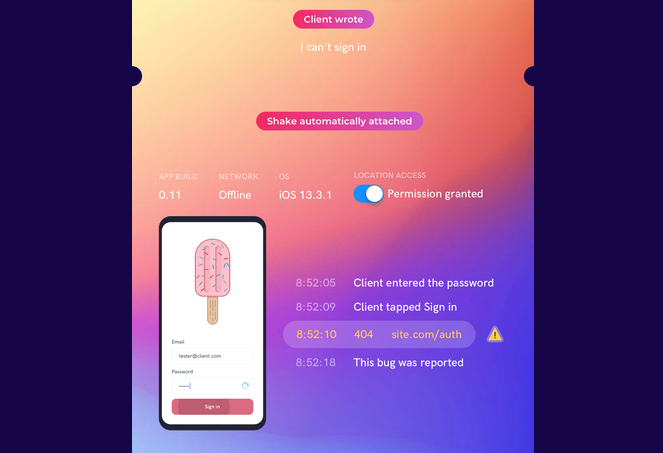
As you can see above, Shake can attach the information about app build, network status, OS, location, a screenshot or a video of the screen, and the log of the events when sending the bug report. That way, the unnecessary guesswork and back and forth are significantly reduced.
In addition to tools that help developers streamline their work processes, it’s also a good idea to invest in those that reduce distractions.
Software development is an activity that requires high focus and concentration. Being constantly interrupted by colleagues, managers, communication apps, and other factors is a recipe for frustration and inefficiency.
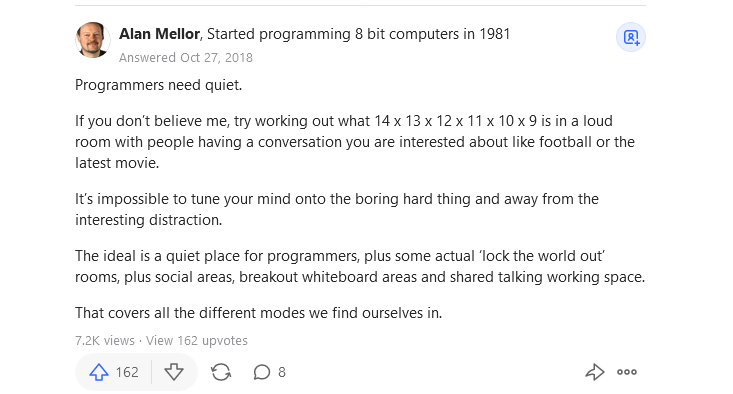
This experience from one programmer is typical for developers working in an open-plan office, where most employees from a department share a single space.
There’s more and more pushback from the developers’ community against that kind of organization, and looking at the example above, it’s easy to see why.
However, even if your software team works remotely, you should still be aware of possible interruptions and give them the tools they need to reach the flow state in their work.
For instance, Clockwise is a tool with a feature called Focus Time. It creates blocks of time during your day where you can’t be disturbed.
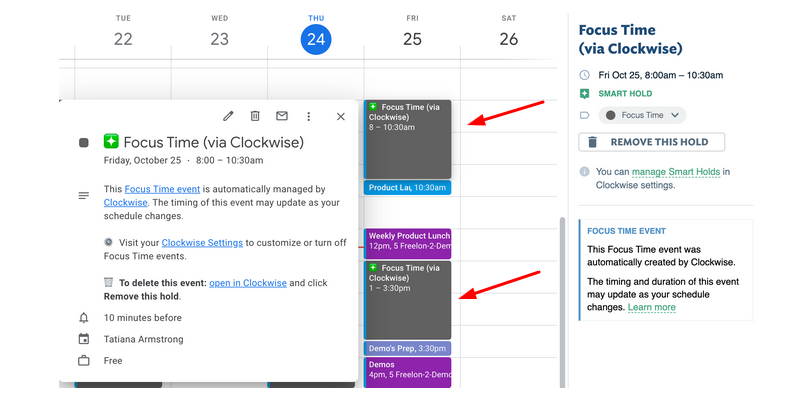
When implemented across the whole organization, solutions like this can help create blocks of uninterrupted time for developers.
For example, this feature uses AI to rearrange meetings and other obligations to make room for times of uninterrupted, focused work.
If you want to successfully manage a great software team, you should use the benefits of today’s technology. Using tools that reduce time-wasting and allow your employees to focus on important tasks is one of the best practices you can employ.
Keep all the information in one place
You can’t expect your developers to be successful, motivated, and eager to work if they don’t feel connected to the company’s key projects, target audiences, and business goals.
That’s why it’s important to be transparent and make all the necessary information available to your team in one place.
Like any other highly specialized workers, software developers can get wrapped up in their day-to-day processes and lose sight of the company’s bigger picture. That’s completely natural for the type of work they’re doing.
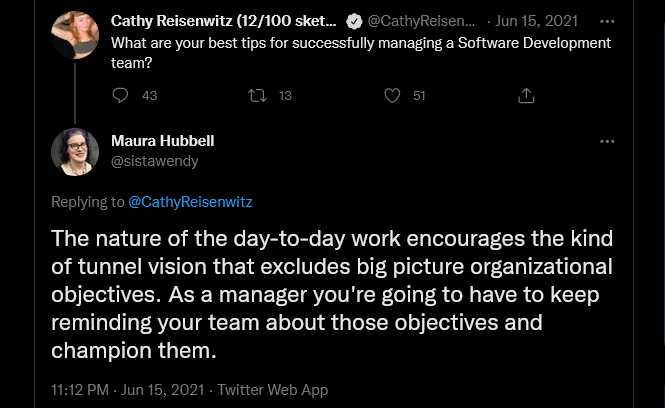
As Maura Hubbell, senior developer at Moz, puts it in her advice above, your developers won’t always be able to keep the big picture in mind. Your task as a manager is to remind them of it—that’s an integral part of managing successful software teams.
Your developers also want you to be open with them about those topics. Transparency produces trust, and employees who trust their manager are more satisfied in their workplace.
According to research conducted by the American Psychological Association, only around half of the workers believe that their superior is open and upfront with them.
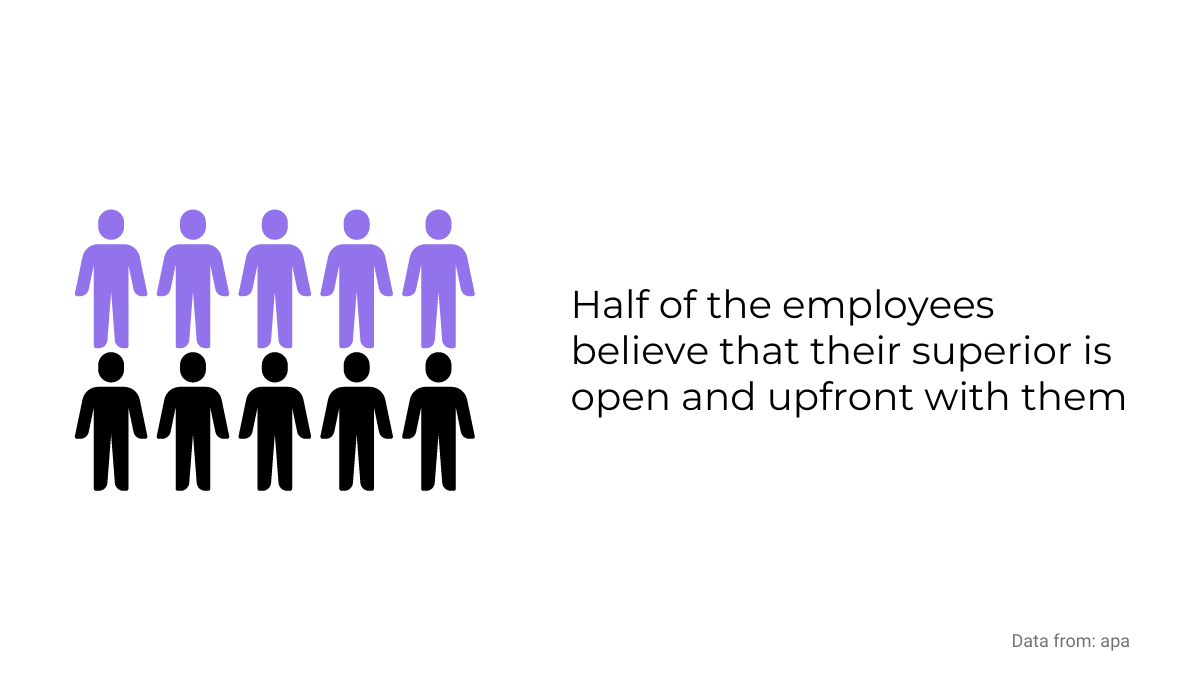
That lack of trust can impact your developers’ performance and happiness. Without them, it’s unlikely that you will have a successful software team to manage for much longer.
One of the best ways you can keep all the relevant information for your software team in one place is by using one of the content collaboration solutions available.
For example, Confluence is a well-known software solution that’s great for organizing and storing information in one place so everyone in the team can access it.
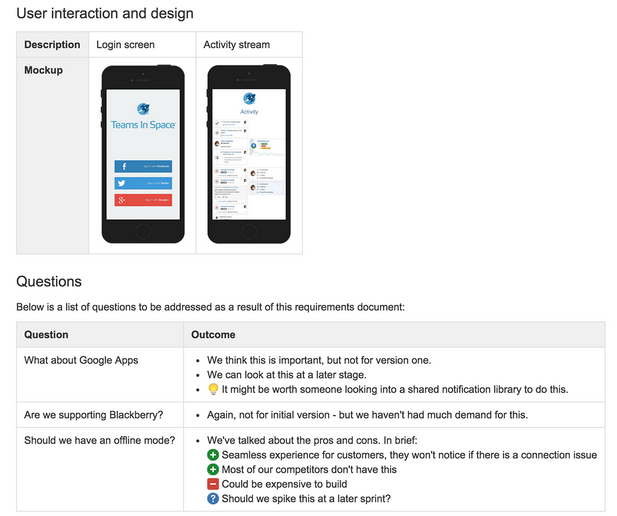
Above is an example of technical documentation for a software team. It’s created in Confluence, and it’s available for anyone at every moment. There are also features that allow team members to share files, write notes, get feedback, etc.
As a step further from content collaboration software, you can consider using a tool for creating interactive documentation like ReadMe. For instance, Doppler, a universal secrets platform, used ReadMe to build their documentation hub.
They needed a solution that was easy to update, that allowed onboarding of new customers, answering their questions, and stylizing it on-brand.
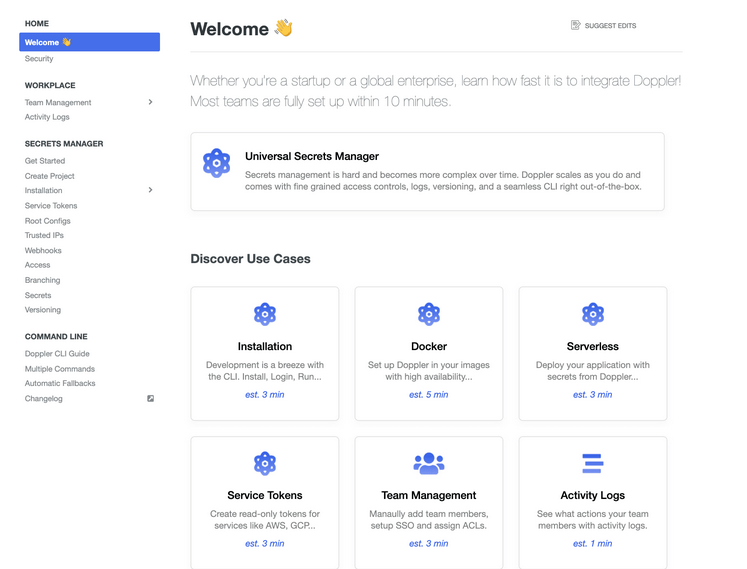
They have information for their customers, but also for their software team, like activity logs, for example.
The point is, they organized all the information in one place, so every team member was on the same page. Successfully managing a team is much easier when that’s the case.
Establish good processes
One of the vital tasks that the software team manager has is establishing good processes.
When team members know who’s responsible for what and the structure of the tasks, they’re more likely to perform to the best of their abilities.
Having good processes in place means that there’s one less thing for your developers to think about.
With the complexity of their work, they already have enough on their plate, so following a well-prepared work structure gives them more time and energy for their important tasks.

Get unreal data to fix real issues in your app & web.
The division of labor is an important aspect of a good work process.
If you’re managing a software team, it’s critical to decide each team member’s role in the process and who’s responsible for which aspect of it. That requires sound managerial decisions, and certain tools can make establishing good processes easier.
For example, using a project management solution like Jira can help streamline the process and allow teams to coordinate and track their work.
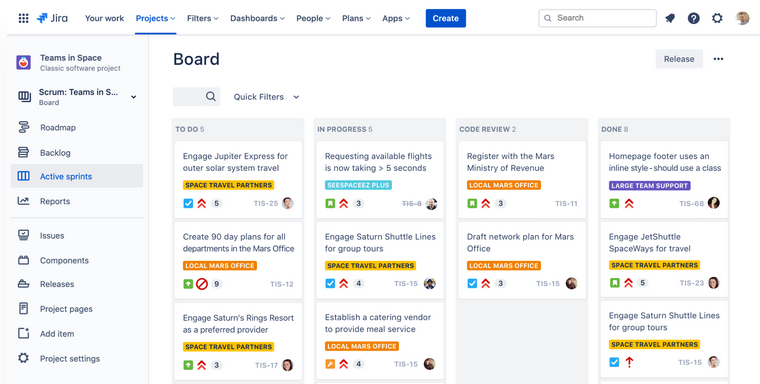
It’s a versatile tool with the features like tracking progress, monitoring project details, customizing backlog, and much more. Also, you can assign specific tasks to your developers and prioritize them according to your needs, which is very helpful with the division of labor.
You also have the option to choose which project management framework you want to use.
Whether it’s Kanban, Waterfall, Scrum, or Agile, once you decide on it, you should use it consistently in order to maximize the efficiency of your software team.
For example, many companies today opt for the Agile framework.
With Agile, developer teams evaluate their work continuously, so they can quickly implement changes when needed. The plans and requirements for the project are flexible, and that helps developers deliver the best possible product to consumers.
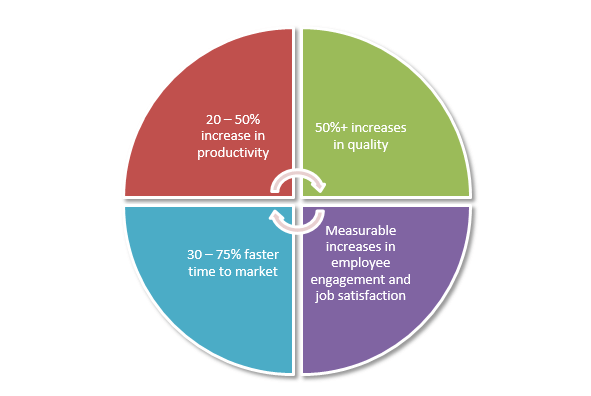
In the visual above, you can see the benefits of Agile; it increases productivity, output quality, employee engagement and satisfaction, while reducing the time needed for a project to get to consumers.
At Fitbit, a company that produces fitness wearables and electronics, they experienced every one of those Agile benefits.
As the company grew, they had trouble keeping up with meeting the consumers’ needs, so they had to react. They switched their project management framework to SAFe (Scaled Agile Framework).

They had to work faster and be more flexible in adapting to their market. With Agile, they could implement consumers’ feedback more quickly, improve their products, and have a more efficient division of labor, with teams focused on specific projects.
The results were notable; they increased velocity by 33% over the year, achieved 100% on objective delivery, and launched four new products.
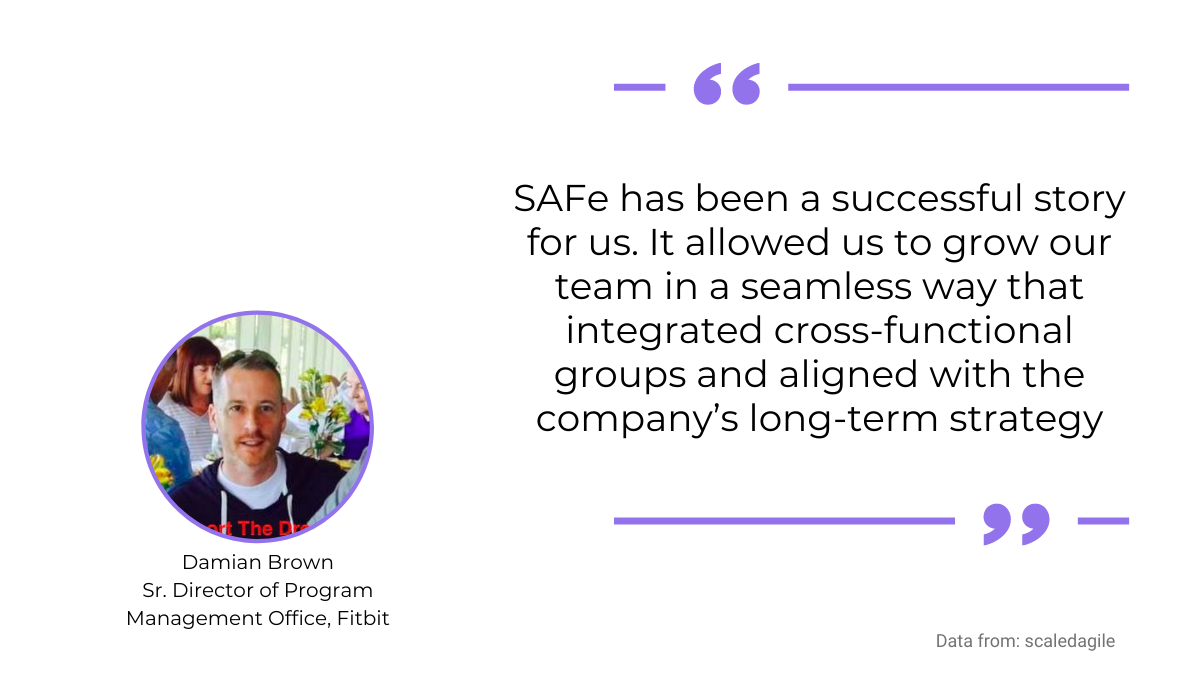
Establishing good processes worked well for Fitbit. Whether it’s Agile or some other framework, if you want to manage a software team that can deliver results successfully, good processes are vital for reaching that goal.
Assess the right metrics
Measuring your software teams’ performance is a good practice that can help your business. However, you should assess the right metrics for the nature of developers’ work.
Software development is a very result-oriented process. The product is the main goal in software development, so the metrics you use to measure your teams’ performance should reflect that specific goal.
For example, the amount of time the developer spends sitting down at their computer can tell you very little besides the amount of time they spend in their chair. If you use it to judge their productivity, it can be misleading.
What about the number of lines of code they write or the number of commits? Those also aren’t good metrics because they don’t reflect the importance or the complexity of the task a developer is working on.

As Amazon engineer Jaana Dogan puts it in the tweet above, the quantity of the work doesn’t reflect its quality. As a manager of a successful software team, the latter should be your primary concern.
Luckily, there are specific metrics for measuring the performance of developers that can give you actionable insights and a clearer picture of the work your team puts in.
An example of such a metric is cycle time.
In simple terms, cycle time is the time between the start and the end of the work, be it product development, a bug fix, or feature implementation.
It’s a good metric because it shifts focus from a developer to the process. By analyzing the cycle time and its components, you can identify the parts of the process that you can improve, resulting in a better overall performance in the future.
Cycle time has four distinct parts—coding, pickup, review, and deployment.

Software like LinearB, shown above, can dissect and analyze Cycle Time and other metrics to help you measure your teams’ performance.
Coding is the amount of time from the first code commit to a request for a code review. It should ideally last for two to three days.
Pickup is the waiting period between the end of the coding and the review phase. Efficient teams shouldn’t spend more than a day in this phase.
In the review, there can be code rewrites, addressing comments, and preparing the code for the production phase. Between one and two days for a review is considered efficient.
Finally, the deployment phase is the time between merging the code, and the moment it’s in the final product.
As you can see, Cycle Time is an efficient metric that considers the specifics of developers’ work. If one or more phases are lagging, you can identify them and implement changes to the process to fix the issues.
There are many metrics for assessing developers’ performance; using them can help you manage your team and achieve the results that you strive for.
Communicate and collaborate
Efficient communication and collaboration turn your software team into a well-oiled machine. And even when things aren’t moving as they should, communication can help get your business unstuck.
In spite of the prevailing stereotype of a developer as a loner, programming isn’t a solitary activity.
On the contrary, in most companies, whole teams of software developers work together, share the same space, and do similar daily tasks. Being able to communicate efficiently is the starting point of any successful software team.
That also applies if you manage remote teams. Some, or even all developers, may work remotely, which isn’t unusual.
According to Terminal’s 2022 State of the Remote Engineering Report, more than 60% of developers work fully remotely.
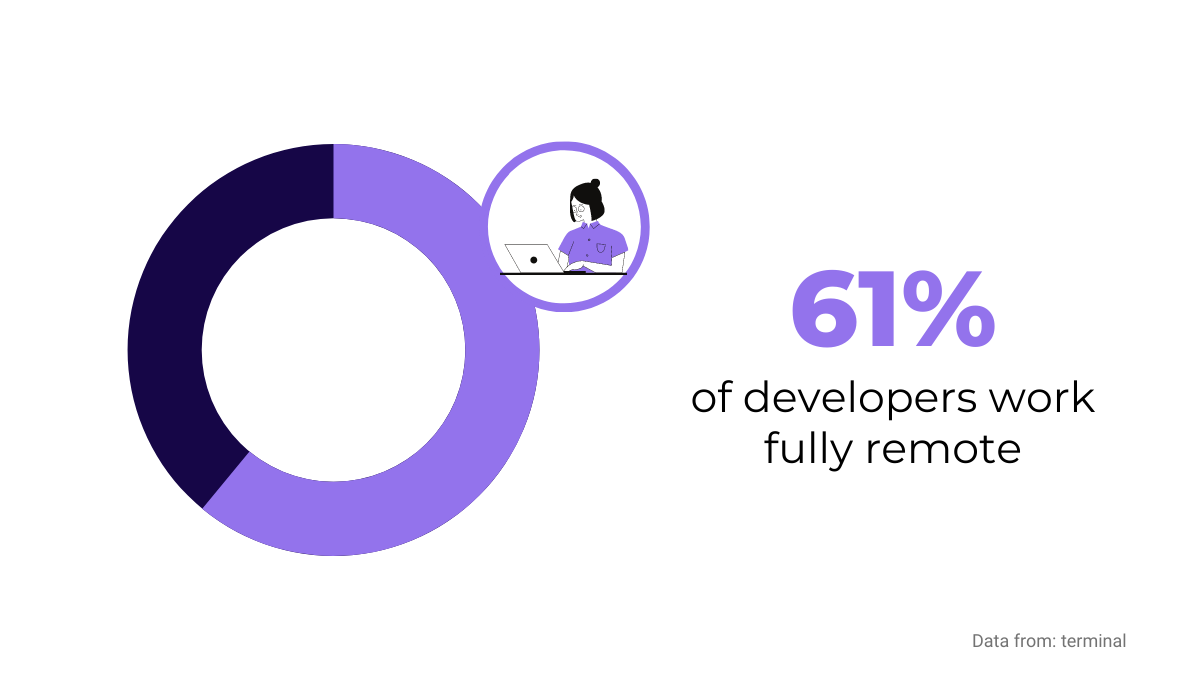
According to the same report, 75% of developers work at least three days a week remotely. Considering these circumstances, good collaboration and communication are even more important.
Luckily, thanks to today’s software solutions, setting up a good communication space, even for remote teams, isn’t impossible. For example, many teams use Slack, and for good reason.
Besides the usual features of messaging, sharing, and video calls, it also allows you to organize your communication in channels.
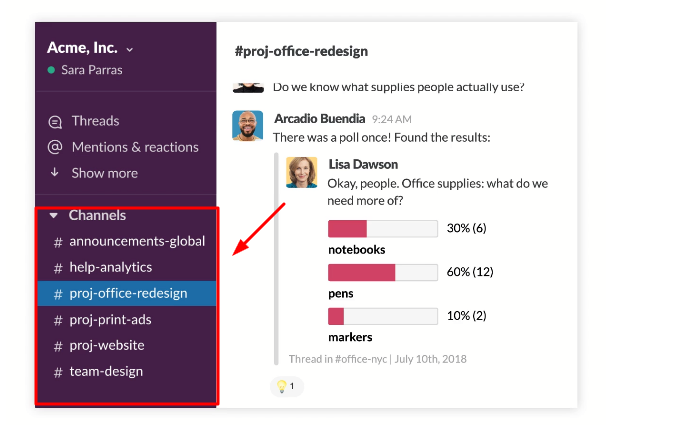
You can create channels for every project, team, task, or whatever your organizational needs require. The useful feature is that they’re searchable, so they can become an information hub for existing and new members of the channel.
With solutions like Slack, communication is more efficient, and the whole team has an overview of the tasks, so everyone is on the same page.
Furthermore, great collaboration is achievable in remote teams, too.
One of the most common ways developers collaborate on a project when they’re in the same room is on a whiteboard. It’s convenient and accessible, as one programmer describes it in this Quora thread.

If the team is working remotely, there are also solutions for effective collaboration. For instance, Miro is a visual collaboration software that’s, in essence, a virtual whiteboard.
As you can see below, developers can write notes, brainstorm, and draw up concepts.
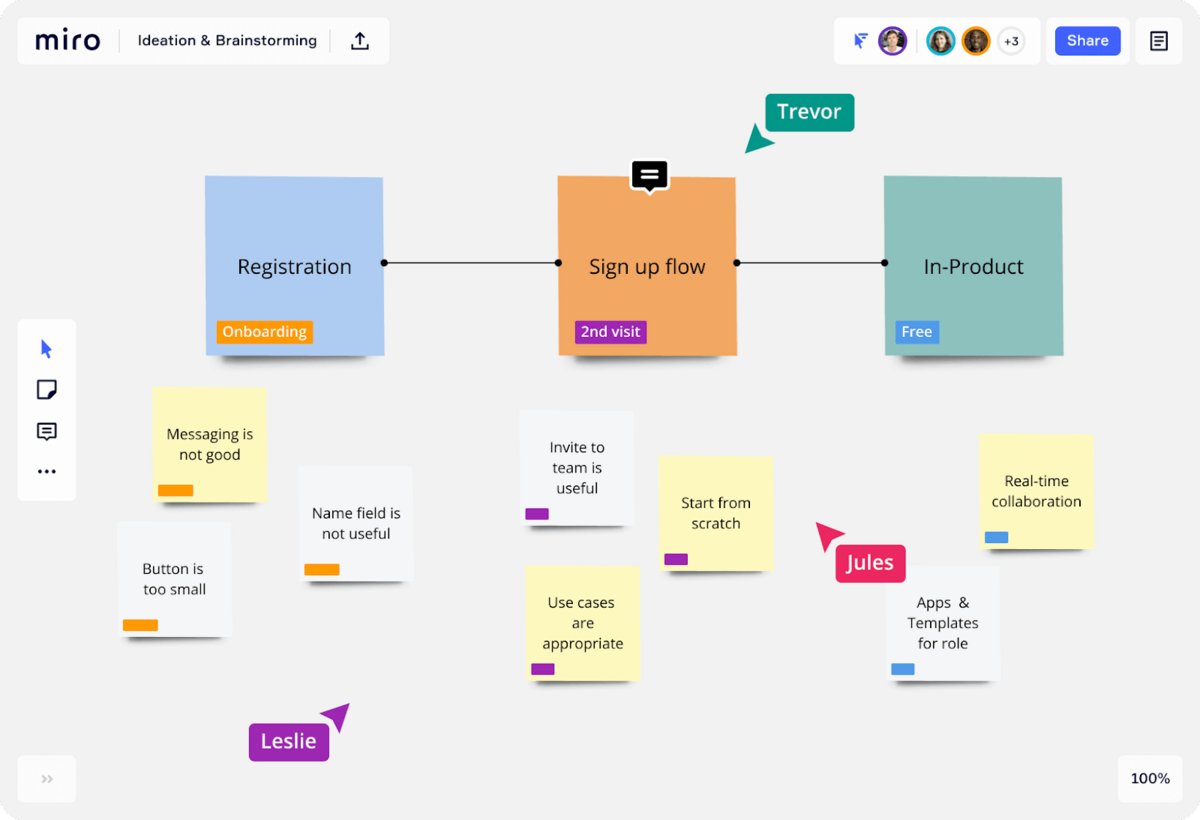
Using communication and collaboration tools can reduce time-wasting for your developers. Solutions like the ones mentioned are more reliable than, for example, a big email thread, where it’s hard to find information and know who read it and who didn’t.
There are many ways to organize communication and collaboration in your software team. Managing those factors isn’t easy, but it’s essential for a productive business. Using the advice in this section, you should be able to make that task less daunting.
Conclusion
Software development teams add immense value to the company, but they need a good leader to perform at their best.
As a manager, you should know how to get the most out of your team and still leave everyone happy—the company, the team, consumers, and yourself.
By using the practices we examined in this article, that’s undoubtedly achievable. If you give your developers the tools they need, organize information in one place, establish good processes, evaluate with the right metrics, and set up a communication and collaboration system, your management will be as successful as it gets.





